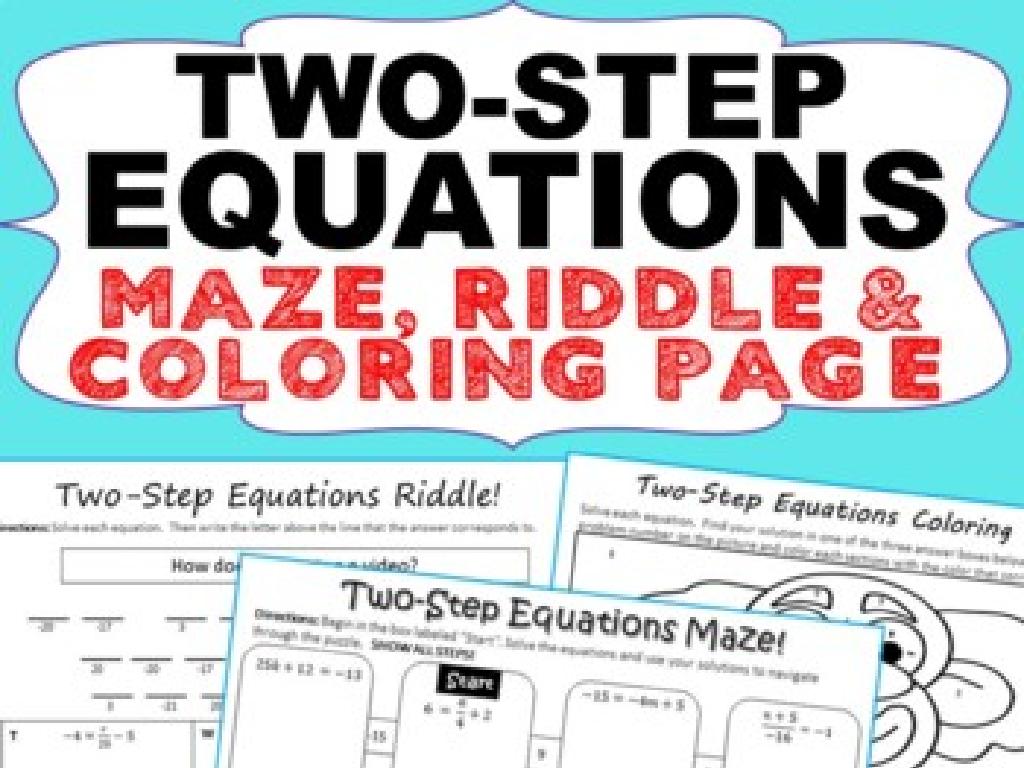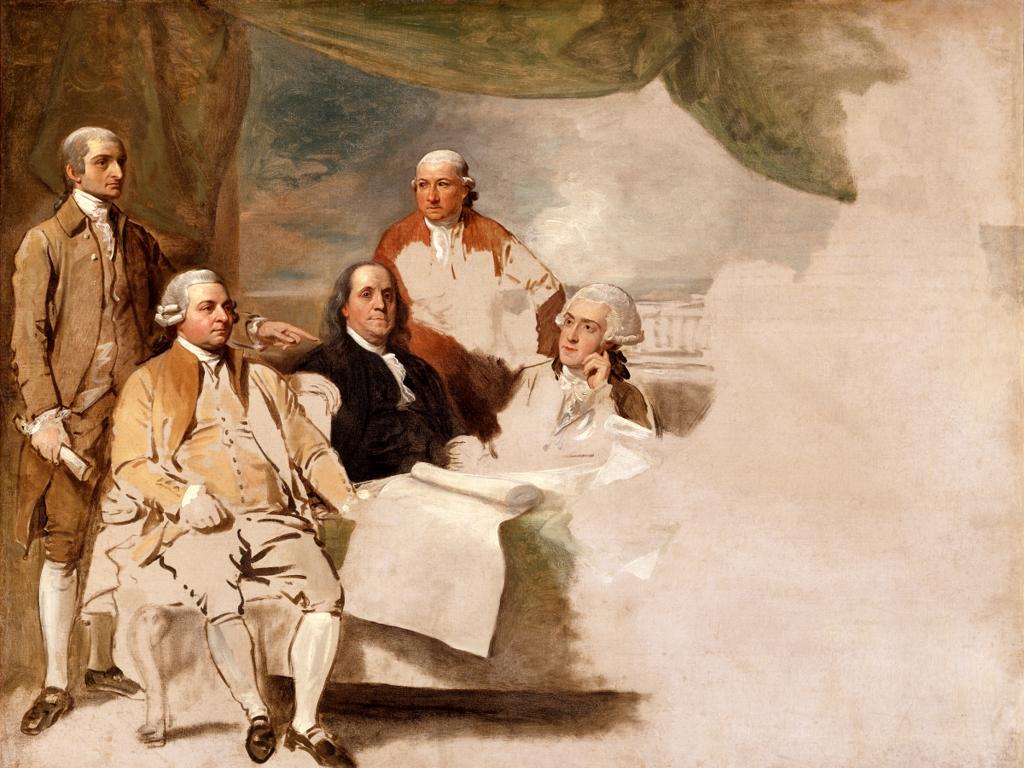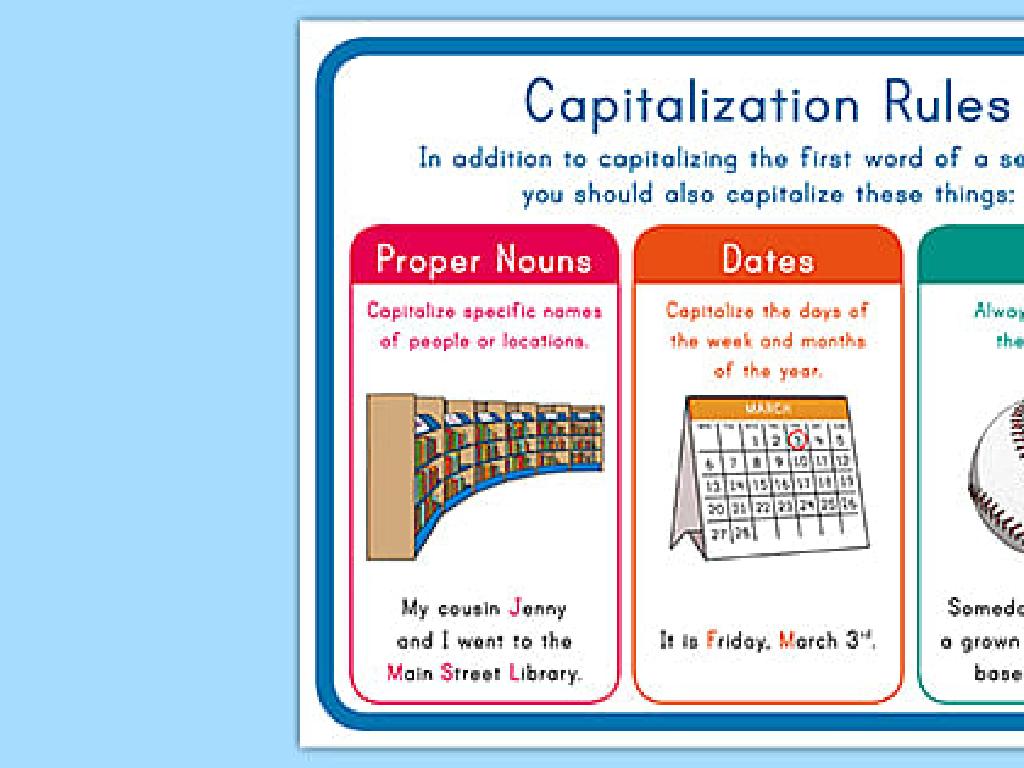Which Tally Chart Is Correct?
Subject: Math
Grade: First grade
Topic: Data And Graphs
Please LOG IN to download the presentation. Access is available to registered users only.
View More Content
Tally Charts: Counting and Recording
– What is a tally chart?
– A tally chart helps us count things easily.
– Counting with tally marks
– Each tally mark represents one item.
– Recording numbers correctly
– We group tally marks in sets of five for easy counting.
– Finding the correct tally chart
– We’ll look at examples and choose the right one.
|
This slide introduces first graders to the concept of tally charts, an essential part of data and graphs. Begin by explaining what a tally chart is and how it is used to count and record numbers in a visual and organized way. Demonstrate counting with tally marks, emphasizing that each mark represents one and that every fifth mark is drawn across the previous four to make counting easier. Engage the students with examples of tally charts, some correct and some incorrect, and guide them to identify which ones are accurately representing the numbers. This interactive approach will help them understand the importance of correct recording and how to verify the accuracy of tally charts.
Understanding Tally Charts
– What is a tally chart?
– A tally chart is a tool to count things quickly.
– Each mark means one count
– Bundle of five tally marks
– The fifth mark crosses the others to show a group of five.
– Tally charts make counting easy
|
This slide introduces first graders to the concept of tally charts, an essential tool for counting and recording data. Begin by explaining that a tally chart is a simple way to keep track of numbers. Each tally mark represents one item or count. When counting items, every time you reach the fifth item, you make a special tally mark that crosses over the previous four, creating a bundle. This helps in counting by fives and simplifies the process of counting large numbers. Use real-life examples like counting the number of apples in a basket or the number of students wearing blue shirts to make the concept relatable. Encourage students to practice by making their own tally marks and bundles of five.
Creating Tally Marks
– Learning to make tally marks
– Add a line for each item counted
– Diagonal line for every fifth item
– Cross four vertical lines with a fifth
– Practice with examples
– Example: |||| is 4, add / for 5
|
This slide introduces first graders to the concept of tally marks as a visual way of counting items. Start by explaining that tally marks help us count things easily. For every item, we draw a small vertical line. When we have four lines, the fifth item is counted by drawing a diagonal line across the first four, creating a group of five. This makes it quicker to see how many items there are in total because we can count by fives. During the class, provide students with real objects to count and let them practice drawing tally marks on paper. Encourage them to count items in the classroom or their homes as homework to reinforce the concept.
Counting with Tally Marks
– Practice counting with tallies
– Count items like toys and fruits
– Record counts using tally marks
– For example, if we have 4 apples, we make 4 tallies. If we add one more, the 5th tally crosses over to make a bundle.
– The 5th mark crosses the others
– This helps us count by fives and keep track easily!
|
This slide is designed to teach first graders how to use tally marks as a visual aid for counting objects. Start by explaining that tally marks are a form of keeping track of numbers. Demonstrate counting various items such as toys, fruits, or books and show how each item is represented by a single tally mark. Emphasize the concept of grouping tally marks by drawing a diagonal line for the fifth tally to easily count in groups of five. This will help students quickly count large numbers of items. During the activity, encourage students to count items in the classroom or from pictures and record their counts using tally marks. This hands-on experience reinforces their understanding of tally marks and their use in representing numbers.
Which Tally Chart is Correct?
– Observe two tally charts
– Spot the correct chart
– Understand tally marks
– Each mark represents one item
– Learn to check charts
– We’ll review counting and grouping by 5s
|
This slide is aimed at helping first graders understand how to interpret tally charts correctly. Begin by showing two different tally charts and ask the students to observe them closely. Encourage the children to identify which tally chart they believe is correct and to think about why they made that choice. Explain that each tally mark represents one item and that every fifth item is represented by a diagonal line across four vertical marks, which makes counting easier. Use this opportunity to practice counting by 5s and reinforce the concept of grouping in tally charts. This will help students to not only identify the correct tally chart but also understand the reasoning behind it. Make sure to provide clear examples and engage with the students by asking them to count out loud together.
Correcting Tally Chart Mistakes
– Mistakes can happen in tally charts
– Learn to find and fix errors
– Look for groups of five and single lines
– Practice with examples
– Use sample charts to spot common mistakes
– Aim for tally chart perfection
|
This slide is aimed at teaching first graders that errors can occur when creating tally charts and that it’s important to learn how to identify and correct them. Emphasize that tally charts help us count things easily by grouping them in sets of five. Encourage the students to practice with provided examples, where they can look for groups of five tally marks and single lines that may have been misplaced or miscounted. Reinforce the concept that practice helps us improve and aim for accuracy in our tally charts. During the class, engage the students with hands-on activities where they can create their own tally charts and peer-review each other’s work to find any mistakes.
Class Activity: Tally Chart Game
– Let’s make our own tally chart!
– Count classroom items together
– Record counts with tally marks
– One vertical line for each item, with a diagonal on every fifth item
– Collaborate with your classmates
– Share and compare charts with friends
|
This activity is designed to provide hands-on experience with tally charts. Students will work in small groups to count various items around the classroom such as books, pencils, or chairs. They will then record their counts using tally marks, making a vertical line for each item and a diagonal line to group every five. This visual representation helps them understand grouping and counting by fives. Encourage collaboration and ensure that each student participates in both counting and recording. After the activity, facilitate a discussion where students can present their tally charts and reflect on the process. Possible variations of the activity could include counting different colored objects, shapes in the room, or even conducting a mini-survey of classmates’ favorite fruits and tallying the results.
Tally Chart Mastery
– Congratulations on learning tally charts!
– You can now create and verify them
– Making sure each group of 5 is correct
– Practice makes perfect
– Keep practicing at home!
– Try counting items around the house
|
This slide is designed to congratulate the students on their achievement in learning about tally charts. It serves as a positive reinforcement to boost their confidence in their ability to create and check tally charts accurately. Encourage the students to continue practicing at home, perhaps by counting toys, fruits, or other household items to create their own tally charts. This will help solidify their understanding and make them more comfortable with the concept of tallying as a form of data collection and representation.






